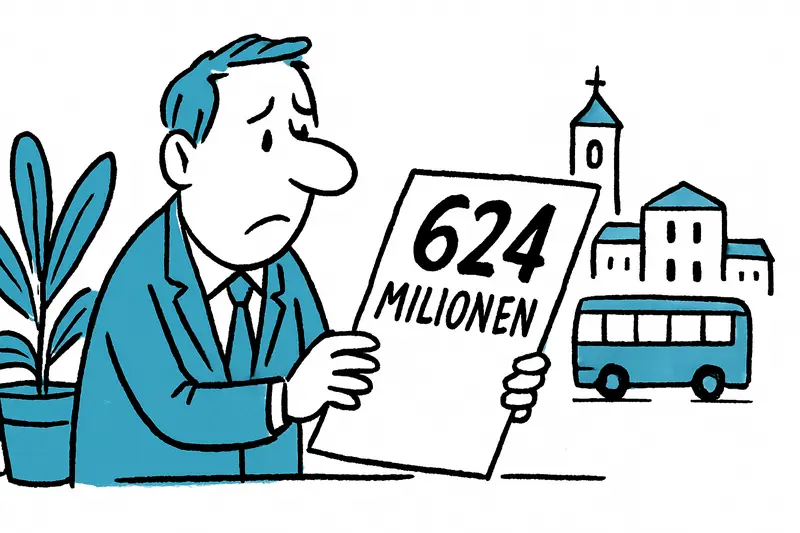The city plans its own Metro Line M2 from the intermodal station at Plaça Espanya to Son Espases Hospital. Approval is scheduled for 2026.
New Metro Line M2 to directly connect Son Espases
It sounds like a sensible plan for commuting on the island: the city council proposes a standalone Metro line M2 that would start at the intermodal station at Plaça Espanya and run underground to the central hospital Son Espases. Unlike an extension of the existing line, this would be a separate line — with its own trains, its own timetable and, according to initial estimates, significantly shorter travel times for hospital staff and patients.
What is planned and what remains open
At least one additional stop is planned at the Son Costa station. Officials expect the new route to be submitted for review and approval in 2026. If all goes well, construction could begin in the following years. A rough internal estimate puts the journey time at around 12 to 15 minutes from Plaça Espanya to the hospital — a real benefit for the morning rush.
At the moment many details are still vague: cost estimates, exact tunnel alignment, construction phases and timetable integration with the existing network. From local discussions one hears that the technology is being designed, among other things, for short train intervals so hospital shifts can be scheduled more reliably. There is also the question of how construction traffic, night work and site excavation in densely built areas will be managed.
Benefits — and some concerns
The positive effects are obvious: less private traffic on access roads, less parking pressure at the hospital and faster connections for visitors. For many employees commuting would be more relaxed — especially on rainy days when the MA-19 is jammed, an underground link would make daily life easier.
But residents are not always enthusiastic. Noise, construction dust and detours cause temporary annoyance. In small cafés at Plaça Espanya critical voices can already be heard: will deliveries become more difficult? How long will restrictions last? Questions like these must be resolved in meetings between the city administration, transport planners and neighborhood representatives.
What happens now
An official review and approval round is scheduled for 2026. Until then studies, environmental assessments and financing must be secured. If you see officials with maps and models in the coming months: that's the plan taking shape. I will keep listening — and report as soon as concrete construction schedules or impacts on road users are announced.
For those who want to stay mobile now: bus lines around Plaça Espanya and to the hospital will likely be considered in the plans so that no one is left stranded during the transition.
Similar News

Free School Bus for Vocational Students: Greater Mobility from School Year 2026/27
The Balearic government announces that vocational students from the 2026/27 school year can travel to school free of cha...

Palma plans €624 million for city redevelopment – Plaça Major, e-buses and housing top the list
The city of Palma has presented a draft budget of around €624 million. A lot of money will go into squares, transport an...

Temporary halt: Waste transfers from Ibiza and Formentera to Mallorca postponed
A planned trial to move waste from Ibiza and Formentera to Mallorca has failed — for now. Votes in the regional parliame...

Palma announces large investment budget – around 624 million euros
The city of Palma plans to invest heavily next year: streets, public spaces, public transport and housing are on the lis...

Valencia: President Carlos Mazón resigns — 370 days after the flood disaster
Carlos Mazón has announced his resignation — a year after the devastating flood that killed 229 people. No new elections...
More to explore
Discover more interesting content

Experience Mallorca's Best Beaches and Coves with SUP and Snorkeling

Spanish Cooking Workshop in Mallorca

